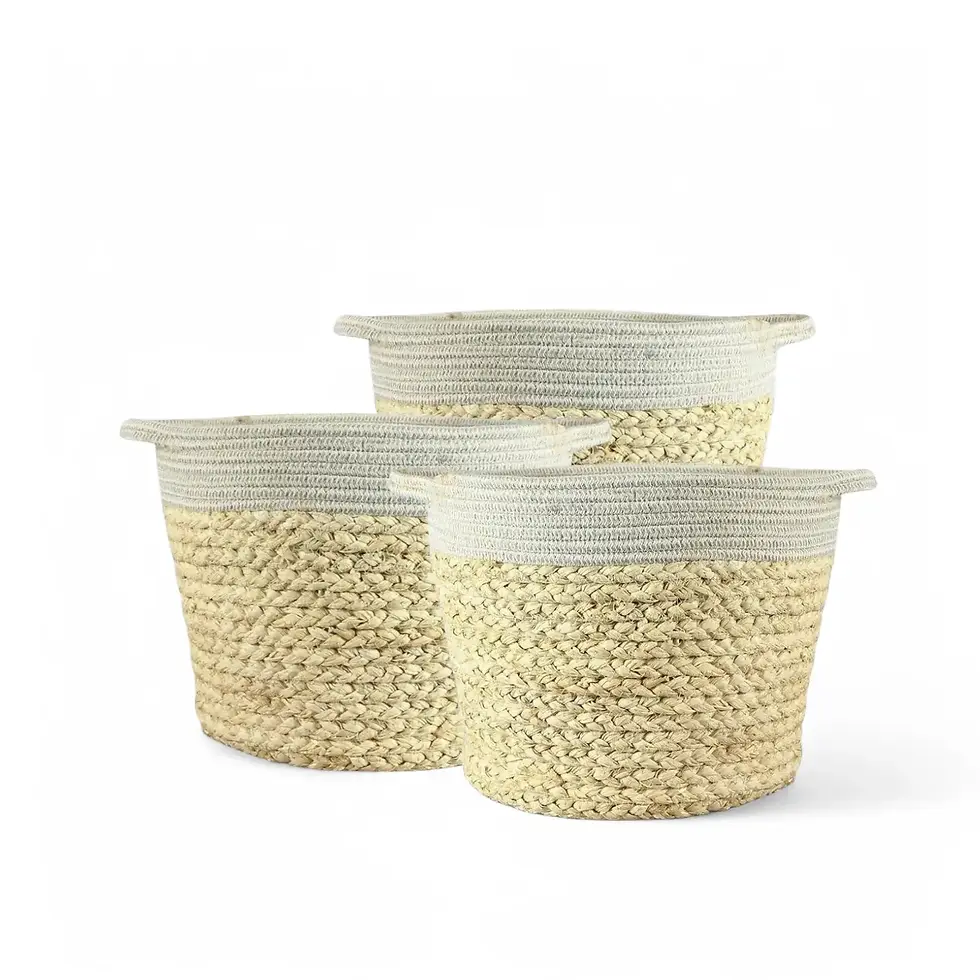Piper sylvaticum - Information and Plant Care:
Piper sylvaticum Roxb. is an enchanting climbing plant originating from the lush, tropical forests of northeastern India. Known for its striking heart-shaped leaves, this member of the pepper family boasts a unique blend of aesthetic appeal and vibrant colors, making it a popular choice for collectors. Its leaves, brushed with silver and highlighted by deep green veins, present an elegant contrast. Unlike its culinary relatives in the Piper family, such as black pepper, Piper sylvaticum is cultivated for its ornamental foliage rather than its fruit. As it climbs, it brings a graceful yet exotic touch to indoor gardens, transforming spaces with its dramatic presence.
This plant’s growth habit is ideal for creating vertical gardens or adding a cascading effect when placed in hanging baskets or on high shelves. Reaching heights of 1-2 meters indoors, it thrives with the support of a trellis or other climbing structures. Its climbing nature, coupled with its textured leaves and shifting hues under varying light conditions, makes Piper sylvaticum a standout addition to any plant collection.
Key Features of Piper sylvaticum
The beauty of Piper sylvaticum lies in its distinctive leaf texture and dynamic color shifts. The heart-shaped leaves feature a bullate surface, meaning they are slightly raised, giving them a unique, bumpy appearance. This texture, combined with the silver hue of the leaves, creates a stunning visual that commands attention. In bright, indirect light, the silver tones intensify, occasionally shifting to soft pink hues that offer a striking contrast. These color changes, however, are best maintained with high humidity levels. Without adequate moisture in the air, the leaves may lose vibrancy and begin to dry out at the edges.
Piper sylvaticum’s climbing habit allows it to cascade beautifully from hanging baskets or climb upwards on trellises. Its vines bring vertical depth to indoor spaces, with leaves that form a striking display of texture and color. It’s a versatile plant that suits various decorative styles, from minimalist modern to lush tropical settings.
Piper sylvaticum Care Guide
Caring for Piper sylvaticum is fairly straightforward, but attention to specific conditions will ensure its long-term health and vibrancy. Here’s how to provide the best care for your plant:
- Light: Place Piper sylvaticum in bright, indirect light. Direct sunlight can scorch its leaves, while too little light may result in diminished color vibrancy.
- Watering: Keep the soil evenly moist but never waterlogged. Allow the top 2 cm of soil to dry slightly between waterings to prevent root rot.
- Humidity: High humidity is crucial for Piper sylvaticum. Aim for humidity levels above 70% to maintain its vibrant colors and prevent leaf dryness.
- Soil: A well-draining, organic-rich potting mix is essential. Combine peat, perlite, and orchid bark for the perfect blend of moisture retention and aeration.
- Temperature: Piper sylvaticum prefers temperatures between 18°C and 25°C. Avoid exposing it to cold drafts or placing it near heaters that can dry out the air.
- Fertilization: Feed your plant with a balanced liquid fertilizer once a month. Keep the fertilization routine consistent year-round without any seasonal changes.
Common Issues and Solutions
Despite being relatively low-maintenance, Piper sylvaticum may experience a few common issues. Here are some practical solutions:
- Browning Leaf Edges: This often indicates low humidity. Increase humidity by using a humidifier or grouping plants together to create a more humid environment.
- Yellowing Leaves: Yellowing can be a sign of overwatering. Ensure that the soil is not waterlogged, and let the top layer dry out slightly between waterings.
- Pests: Keep an eye out for common pests like spider mites, mealybugs, and aphids. Inspect the leaves regularly, especially the undersides, and treat any infestations with neem oil or insecticidal soap.
- Root Rot: Poor drainage or overwatering can lead to root rot. Make sure your pot has adequate drainage and avoid letting the plant sit in standing water.
Additional Growing Tips for Piper sylvaticum
For optimal growth, Piper sylvaticum should be placed in a location that mimics its native tropical habitat. It thrives in high humidity and prefers bright, indirect light. While it can adapt to lower light conditions, this may reduce the vibrancy of its colors. Ensuring the plant has support for climbing or space to trail encourages natural and healthy growth. Providing these ideal conditions allows Piper sylvaticum to truly flourish, displaying its stunning foliage to the fullest.
Researching the natural habitat of your Piper sylvaticum helps in understanding its care needs. By mimicking the conditions it would experience in its tropical forest origins, you can ensure that your plant not only survives but thrives. This approach allows for healthier, more vibrant growth.
Etymology of Piper sylvaticum
The name "Piper" is derived from the Latin term for pepper, a nod to its family, which includes the famous Piper nigrum, or black pepper. This term itself has ancient roots in the Greek word "péperi" and the Sanskrit "pippali." The species name "sylvaticum" comes from Latin, meaning "of the forest," referencing the plant's natural habitat in the dense, tropical forests of northeastern India. This name reflects its wild origins and adds a layer of historical depth to this beautiful species.
Piper sylvaticum
Piper sylvaticum is approximately 25 cm tall and comes in a ⌀ 12 cm pot

























































